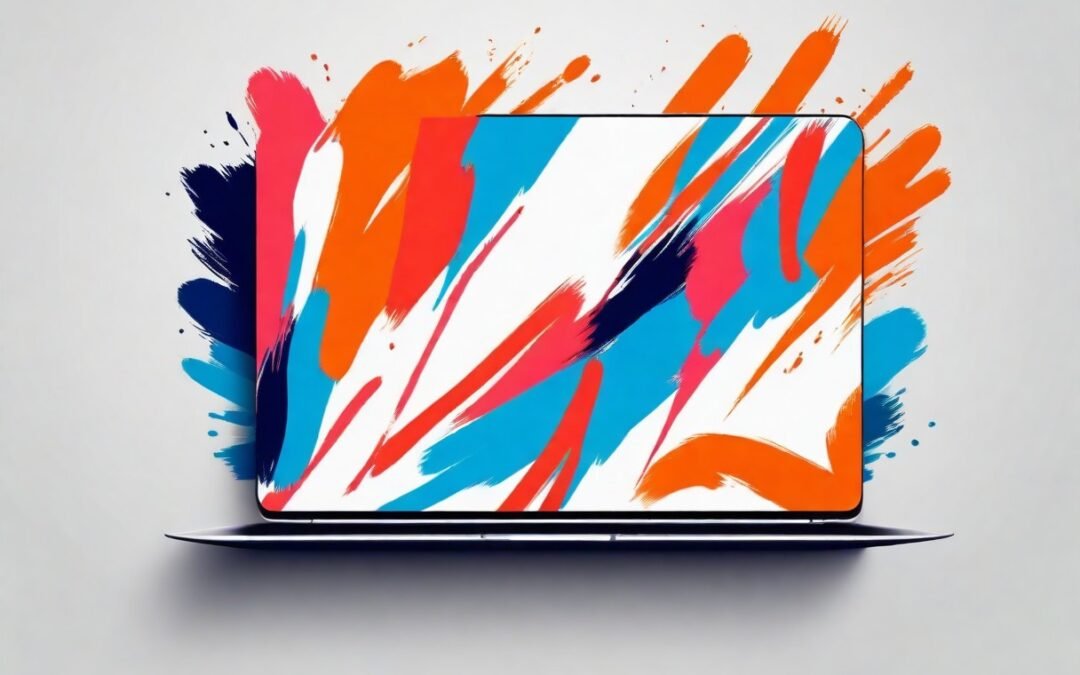Crafting the Perfect Professional Resume: A Comprehensive Guide
In the job search, a professional resume is one of the most critical tools at your disposal. It is not just a document; it’s a reflection of who you are as a professional. It should effectively showcase your skills, accomplishments, and potential value to potential employers. The task, however, is not as simple as listing your past jobs. Crafting the perfect resume requires careful consideration and strategic planning.
**Understanding the Purpose of a Resume**
To create a professional-looking resume, it’s important first to understand its purpose. The resume serves as a marketing tool, designed to present a compelling case that you are the right candidate for the job. The primary goal is to secure an interview by highlighting your achievements, skills, and experience in a clear, concise manner.
**Choose the Right Format**
There are three main types of resume formats: chronological, functional, and hybrid.
– The Chronological Resume focuses on work history, listing jobs in reverse chronological order. It is the most common format, preferred by many employers for its straightforward presentation of career progression.
– The Functional Resume emphasizes skills and abilities, rather than chronological work history. This format is often used by those with gaps in employment or who are making a career change.
– The Hybrid Resume, as the name suggests, is a blend of the other two. It highlights relevant skills while also presenting a chronological work history.
Choose the format that best suits your career trajectory and the position you’re applying for.
**Contact Information**
At the top of your resume, include your full name, phone number, professional email address, and LinkedIn profile (if applicable). Your contact information should be easily visible so that recruiters can quickly get in touch with you.
**Crafting the Professional Summary**
The professional summary is a brief overview of your qualifications. It should be tailored to the job you’re applying for, emphasizing your most relevant skills and experiences. A well-crafted summary can be an excellent way to grab a recruiter’s attention right off the bat.
**Highlighting Your Experience**
When detailing your work experience, start with your most recent position. Include the company name, your title, and the dates of your employment. For each position, provide a list of your responsibilities and accomplishments, using bullet points for readability. Use action verbs and quantify your achievements wherever possible.
**Showcasing Your Skills**
Your skills section is a chance to highlight your most relevant abilities for the job. Consider both hard skills (like proficiency in a specific software) and soft skills (like leadership or communication abilities). Be sure to include any skills mentioned in the job description.
**Including Education**
Your education section should list your highest degree first, followed by any other relevant certifications or coursework. If you’re a recent graduate, you might also include your GPA, relevant coursework, or honors.
**Customization is Key**
While it might be tempting to send the same resume for every job application, customization is crucial. Tailor your resume for each job you apply for, highlighting the skills and experiences that are most relevant to the position. This shows employers that you’re genuinely interested in the role and have taken the time to understand what they’re looking for.
**Proofread Thoroughly**
Finally, it’s crucial to thoroughly proofread your resume. Check for any grammatical errors, typos, or inconsistencies in formatting. A clean, error-free resume sends the message that you’re detail-oriented and professional.
**Design and Layout**
A professional resume is not just about the content; the design and layout also play a significant role. Stick to a clean, minimalist design with consistent formatting. Use a professional font like Arial or Times New Roman, and keep the font size between 10 and 12 points. Ample white space makes your resume easier
to read, so avoid cluttering it with too much information.
**Use of Keywords**
In today’s digital age, many companies use Applicant Tracking Systems (ATS) to streamline their hiring process. These systems scan resumes for specific keywords related to the job description. Therefore, ensure your resume includes these keywords to increase the chances of it passing through the ATS and reaching a human recruiter.
**Include Relevant Extras**
If you have space, consider adding additional sections that could strengthen your application. This might include volunteer work, publications, awards, or language skills. However, be sure these extras are relevant to the job you’re applying for.
**Leveraging LinkedIn**
LinkedIn can be a powerful tool in your job search. Include your LinkedIn profile in your contact information and make sure it aligns with your resume. An optimized LinkedIn profile can provide a more comprehensive picture of your professional history and network.
**Resume Dos and Don’ts**
– **Do** keep it concise. Aim for one or two pages, depending on your experience.
– **Don’t** include irrelevant personal information like marital status, age, or physical attributes.
– **Do** use bullet points for readability.
– **Don’t** use overly complex language. Clear, straightforward language is most effective.
– **Do** tailor your resume for each job application.
– **Don’t** lie or exaggerate about your qualifications or experience.
A professional resume is one that is well-structured, accurately represents your skills and experience, and is tailored to the job for which you're applying. With attention to detail, strategic planning, and a clear understanding of what potential employers are looking for, you can create a resume that stands out from the crowd and opens the door to your next career opportunity. Remember, your resume is the first impression you make on a potential employer. Make it count by following the strategies outlined in this guide. A compelling, professional-looking resume will not only help you land an interview but also set the stage for a successful job interview and subsequent job offer. Happy job hunting!




0 Comments